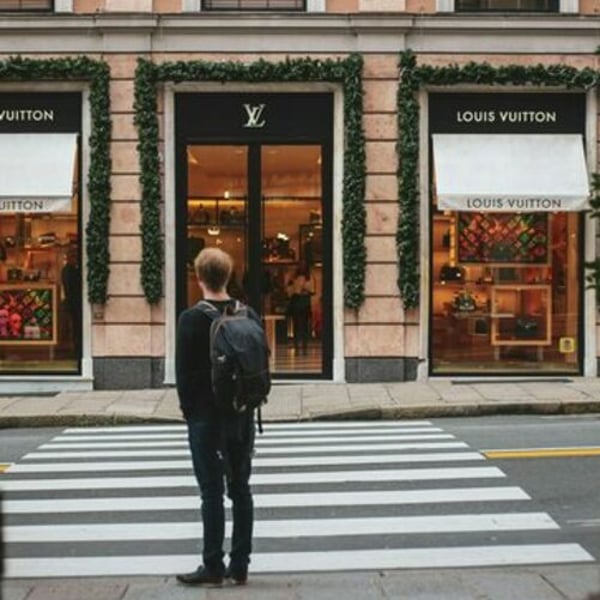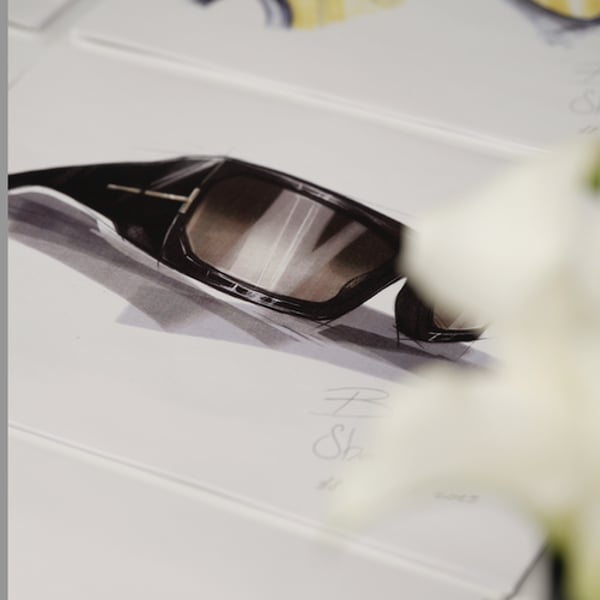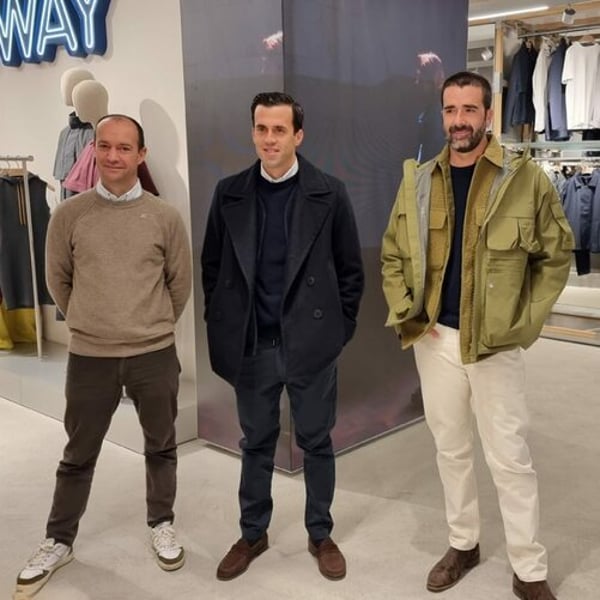Translated by
Nicola Mira
Published
July 9, 2025
The luxury industry, currently disrupted by unfavourable economic conditions and growing geopolitical tensions, is also having to adapt to the whims of a rapidly changing clientèle. Aspirational clients are increasingly disenchanted with luxury, and this is having a profound impact on the market. In parallel, top-tier clients (or very important clients, VICs), whose numbers greatly increased in the last few years, are dissatisfied with the performance of luxury labels. These were the main findings of the ‘True-Luxury Global Consumer Insight 2025’ study carried out by Boston Consulting Group (BCG), which was presented on Tuesday in Milan during a conference organised by Altagamma, the association of Italy’s top luxury labels.

For the second consecutive year, the high-end luxury market posted a revenue drop (down 2% in 2025 as in 2024). The reasons were the diminished appetite of Chinese consumers, decreasing interest on the part of the newer generations, whose purchasing power has shrunk, and especially a downturn in purchases by aspirational consumers. In 2013, the latter accounted for 74% of the total luxury market’s value, but in 2024 they accounted for only 61%, a loss of 13 percentage points in 10 years, and a phenomenon that inexorably seems set to continue.
In recent years, the purchasing power of aspirational clients has decreased, while the price of luxury goods has skyrocketed. According to the BCG study, nearly 35% of clients in this cluster said they have stopped or reduced their luxury purchases in the last 12 months, while 65% said their expenditure will remain stable or diminish in the next 12 months. The study also showed that this loss in luxury revenue benefited other sectors. For one-fifth (22%) of aspirational clients, it turned into savings. For the remainder of the cluster, it shifted to more urgent expenditure categories like health and well-being (13%), purchases of pre-owned luxury goods (13%), or other expenditure.
“Aspirational clients still account for more than half of the market’s total value. Labels cannot afford to do without them,” said Luca Solca, an analyst at Bernstein. Given the context, “the resale channel might provide a means of keeping some of these clients, and/or of drawing them towards luxury labels,” said Enrico Galliera, head of sales and marketing at Ferrari, one of the speakers at the conference organised by Altagamma for the 11th edition of the Altagamma Consumer & Retail Insight survey.
“Some of our clients first came to us when they bought a second-hand [Ferrari]. It’s an access channel we’re monitoring closely. It’s true that aspirational clients are currently prudent and hesitant, but we aren’t always capable of identifying them and scouting them out. What we’re doing is tapping alternative categories, for example our ready-to-wear line, to get them acquainted with our world. We’re also trying to get in touch with young consumers,” said Galliera.
0.1% of clients spend more than €50,000 per year
Aspirational clients at the bottom of the pyramid, who spend less than €2,000 per year on average, account for 90% of personal and experiential luxury consumers, while top-tier clients, at the pyramid’s top, who spend over €50,000 per year with an average spend of approximately €350,000, account for only 0.1% of the total. However, while the aspirational clients’ share of personal and experiential luxury expenditure fell from 65% (worth €479 billion) of the market’s value in 2013, to 55% in 2024 (when it was worth €563 billion), the share of expenditure by top-tier clients soared, from 12% (€88 billion) in 2013 to 23% (€236 billion) in 2024.

Being greatly exposed to aspirational clients has had repercussions for the majority of labels. “The more labels are dependent on this type of consumer, the more they are exposed to their volatility, and the more they have suffered,” said Filippo Bianchi, one of the BCG study’s authors. “The luxury expenditure of this cluster of consumers is deeply linked to economic cycle fluctuations, while VIC expenditure is inversely related to them, because it is based on the clients’ wealth status,” he added.
Nevertheless, the study showed that the situation could change in the next 18 months, with the propensity to buy luxury goods increasing by 10% for aspirational clients and by 36% for top-tier clients. The fact remains that the latter feel they aren’t valued enough by labels, and might choose to spend their money elsewhere. “The number of top-tier clients went from 750,000 in 2023 to 900,000 in 2024, so 150,000 new clients entered the luxury sector’s top end. Yet labels are still struggling to find, engage and segment them,” said Guia Ricci, the BCG study’s other author.
“VICs are chiefly based in North America, and beyond there in Europe and Asia-Pacific, a region where the value of their luxury expenditure is growing vigorously, especially in India, Indonesia and Thailand. They are increasingly attracted by experiential luxury. It is a must for labels to understand what these consumers’ interests are and how to approach them in the experiential segment, maybe through partnerships,” she added.
The study highlighted the four main issues that are causing top-tier clients to become disenchanted. Firstly, they are bombarded by messages coming from countless labels, with no personalisation whatsoever. Secondly, top-tier clients regard their in-store experiences as too noisy and not discreet enough, as the VIP spaces that used to be reserved for them have lately been vanishing. Thirdly, top-tier clients said that, while craftsmanship is a key purchase driver, product quality is often not as high as expected, even for bespoke products. Finally, the majority of top-tier clients think that their status as important people isn’t recognised enough, and the service they receive isn’t of a sufficient standard. Indeed, the study found that 70% of potential VICs aren’t correctly identified by labels because of the way the latter’s CRM/segmentation works.
Luxury labels are therefore urged to re-focus on client relations, perhaps helped by AI, to concentrate on experiences, to better monitor product quality and their supply chain, and to implement all these policies assisted by more granular data analysis and more sophisticated consumer segmentation, in order to better recognise their top-tier clients.
This article is an automatic translation.
Click here to read the original article.
Copyright © 2025 FashionNetwork.com All rights reserved.







